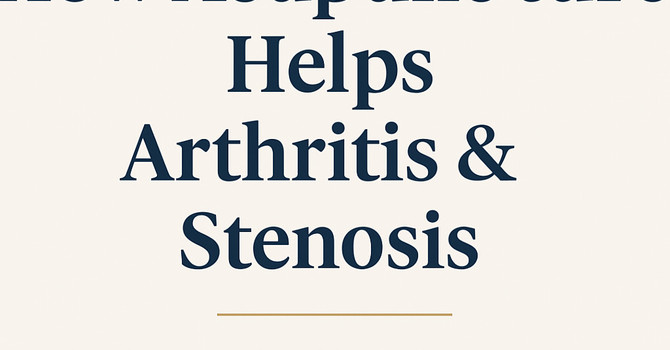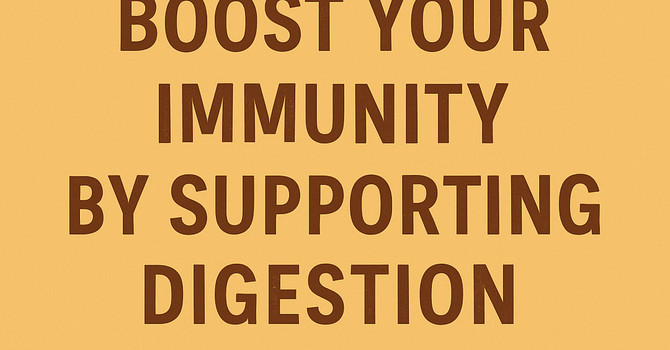There’s no quicker way to affect your outlook, attitude, and even work results than by expressing gratitude
The whole idea of practicing gratitude involves trading self-pity for gratitude — a simple practice that brings more benefits than you might expect.
In this article we‘re going to cover the benefits of adopting a practice of gratitude into your life — including the nitty gritty of how this works and how you can get started today.
What is Gratitude?
Gratitude is the act of feeling and expressing gratefulness and readiness for appreciation towards people, places, opportunities, and acts of kindness or charity.
There’s actually a surprising amount of debate around the nature of gratitude — including where it comes from, how it connects with other virtues, and even whether or not this feeling is authentic.
Gratitude is deeply rooted in human culture. For example, many of the world’s religions promote gratitude. The Christian Bible, the Jewish Torah, and the Islamic Koran are all filled with messages of gratitude.
The Difference Between Gratitude and Indebtedness
Older philosophers including Aristotle seemed to have missed gratitude as a virtue — it’s more likely they were unable to tell the difference between unconditional gratitude as is practiced today with indebtedness — a conditional and disingenuine response to support or aid from others.
A similar emotional response to being a beneficiary from another benefactor is known as indebtedness — however, this is a very different concept.
Indebtedness happens when someone feels obligated to repay someone for support or aid. There’s a clear distinction between conscious gratitude (unconditional appreciation for something) and indebtedness (obligatory response to aid).
How Gratitude Can Improve Your Health
A simple practice of gratitude towards the people, health, and opportunities in your life has more benefits than you may think.
A growing body of research suggests that people who practice gratitude on a daily basis have higher levels of subjective well being.
Some research even suggests that people who are consciously grateful tend to report better overall vitality and have a greater sense of agency — allowing them to accomplish more in their life than they otherwise would [1].
More specific health benefits of gratitude include less anxiety compared to people who don’t practice gratitude, according to one of the manuscripts submitted by Patrick Hill — one of the leading researchers on the mechanisms responsible for the health benefits of gratitude [1].
Hill and others set out to identify the traits that come along with a practice of gratitude. Here are some of their findings:
- Better overall physical health
- Less anxiety
- A greater sense of agency (the capacity to control one’s environment)
- Higher overall vitality and health status
- Stronger social connections with friends and family
- Higher chances of seeking regular health checkups
- More conscientious behavior
- More optimistic tendencies
- A better perspective of goals and motivations over time
These traits are all closely associated with the characteristics of a healthy lifestyle.
Although it’s difficult to quantify the effects of gratitude with research studies and testing, those that make an effort to practice gratitude on a daily basis often report dramatic changes in their daily lives.
A practice of gratitude has been reported to dissolve toxic emotions such as envy, jealousy, resentment, and rage. This may directly lead to better decision making as angry and emotive decisions rarely do us any benefits.
How many times have you made a rash decision while infuriated only to regret the decision later?
Although anger has its benefits — as a motivator to make changes to undesirable circumstances — if left unchecked, too much anger leads to poor decisions bringing on even more anger and regret.
Practicing gratitude keeps emotions like anger in check, making us less likely to make a poor decision — one that may even lead to more anger later on.
Gratitude also gives us the opportunity to listen to our bodies — explaining the higher chances of seeking out regular health checkups with those who report a daily gratitude practice.
How to Practice Gratitude
Now that we’ve gone over the many health benefits of being gratitude — how is it done? How are people acknowledging the things they’re grateful for?
There are a few core philosophies on this, I’m going to cover three different techniques people are using.

1. Journalling
When most people think of a gratitude practice, they think of the classic journaling technique.
This is one of the most powerful techniques you can use to practice gratitude because it allows you to follow a formula for writing and organizing your thoughts onto paper (or a computer) every day.
The key to success with journaling is to do it regularly. The goal is to create a habit around the process. Most people will spend 10-15 minutes first thing in the morning, or in the evening before bed — but you can work it into your schedule however you see fit.
You can also choose whether you want to record your journal entries into a note app on your phone, tablet, or computer, or go old school and keep a notebook.
Here are three popular gratitude journaling techniques:
A. Write a Gratitude Letter — this method involves writing a letter specifically to someone you’re grateful for explaining why you’re grateful. Be as specific as possible and aim for around 300 words. You can choose to deliver the letter if you want or just keep it for yourself.
B. Answer a Specific Set of Questions Each Day — this is the technique people including Tim Ferris practice. It involves having a specific set of questions that you answer each day to acknowledge the things you’re grateful for during the day.
C. Answer One Unique Question Each Day — this is similar to the technique above, only more streamlined and brief. There are a lot of great apps (such as the 365 Gratitude journal App) to help with doing this by offering daily prompts each day with a question (or two) to answer. You can choose to answer this in the app, on your computer, or write it down in your gratitude journal.

2. Meditation
Meditation is the original gratitude practice. Practicing gratitude meditation is very similar to journalling — without the physical journaling. The process is still the same — simply set aside 5–20 minutes each day (usually either first thing in the morning or last thing at night) and sit quietly and comfortably to reflect on three things you’re grateful for.
This can include things that happened during the day that you’d like to reflect upon — such as new relationships or opportunities — or more long term things like your health or current relationships with other people.
To get started, I recommend you use a guided meditation app or recording at least for the first few sessions. Once you get the idea, it gets easier to get in the zone anywhere on your own without any prompts.
Many people will use a combination of meditation and journaling. You can do it in either order — either journal first and then meditate on what you wrote down, or spend some time meditating on what you’re grateful for to organize your thoughts before writing them all down.
Some meditation guides to get you started:
- Gratitude Meditation from GGIA
- Gratitude Meditation Script by Still Mind
- Meditation by Mindfulness Exercises

3. Volunteer to Help People in Need
It’s really easy to get lost in the dramas of daily life. Long to-do lists, tight deadlines, and responsibilities at home or at work can make it easy to forget the bigger picture.
Volunteering on a regular basis is a great way to remind you that you’re part of something much bigger than yourself. There are 7 billion people on earth, the vast majority of which have a lot less than you.
Volunteering your time for humanitarian causes is a great way to put your problems into perspective and remind you to be thankful for what you have.
Key Takeaways: Why You Should Adopt a Practice of Gratitude
With the ability to have virtually whatever we want whenever we want it, it’s easy for us to lose our appreciation for the things that matter in our lives.
Spending just 5 minutes per day cultivating a practice of acknowledging the opportunities, people, and health we have can go a long way in reducing negative emotions like anger, strengthens our relationships, increases our chances of achieving success, and can even improve our overall health and wellbeing.
Using any combination of the three methods outlined above, you can get started today with a practice of gratitude. The key to being successful with your practice is to make it a habit. Set aside a specific time in the day to do your journaling, meditation, or volunteering.
After a few weeks, this will become integrated into your daily life, providing the greatest level of benefits.
References
- Hill, P. L., Allemand, M., & Roberts, B. W. (2013). Examining the pathways between gratitude and self-rated physical health across adulthood. Personality and individual differences, 54(1), 92-96.
- Allemand, M., & Hill, P. L. Future Time Perspective and Gratitude in Daily Life: A Micro‐longitudinal Study. European Journal of Personality.
Ted Ray
Contact Me


